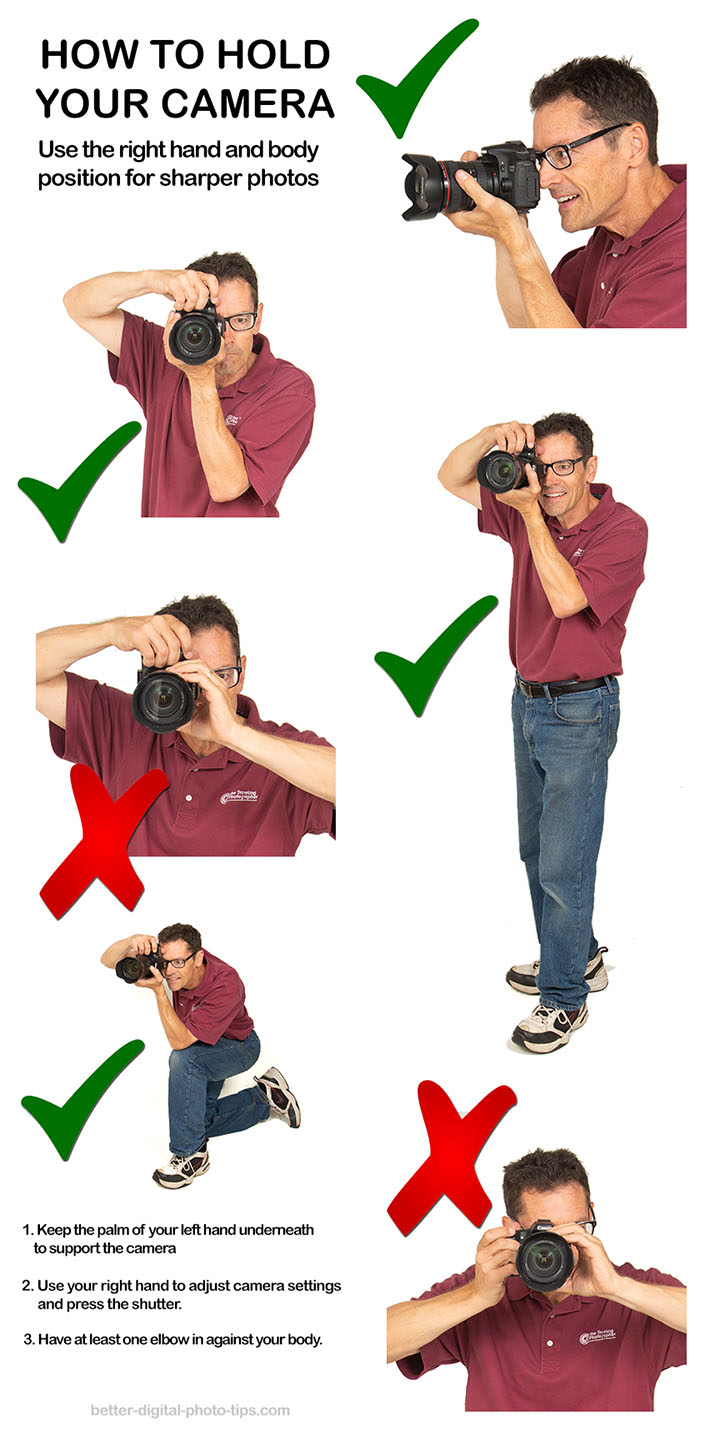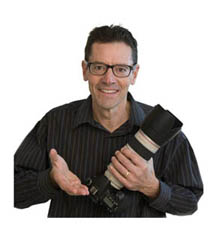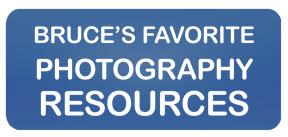HOW TO POSTS: LIGHTING AND COMPOSITION
basic photography information For Beginners
Here's the problem. Basic Photography Information is now available everywhere around you, but where do you start? There's a ton of free digital photography advice and knowledge for you to absorb.
You're probably wondering where's the best place to get it? Seriously, how do you weed through the junk and get the good stuff? Wouldn’t it be great if there was just one place you could find all the photography basics for beginners?
Photography blogs are everywhere. Any Joan Doe with a camera can post articles to a blog and give you advice. Yeah right! And anybody with a screwdriver is an expert mechanic too.
You can enroll in online courses, you can get a lot of good information from books on photography, or you can take sign-up for photo workshops. This post will you you the basic photography tips you need to start with.
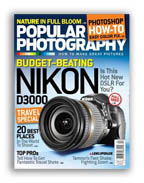 Photography Magazines
Photography MagazinesForty years ago, long before I even dreamed of earning a degree in photography and becoming a pro, I learned by reading the articles in my two favorite magazines, Popular Photography and Modern Photography. Let me tell you, it was a lot of fun. As a beginner photography student, I anxiously looked forward to getting them in the mail each and every month. Well, you're luckier than I was.
I learned by quite a bit by using the trial and error method too. And I made lots of errors.
The most important information about USING your camera
The very first thing to do is to learn how to hold the camera right.
The good news is you can learn easier now than ever before and improve your photography quickly. That's what this website is all about. Take a few minutes to explore and you'll see what I mean by that.
I did it the expensive way. My parents, bless their soles, allowed me to drop out of engineering school and paid lots of money for me to attend a 2nd four-year college and earn a BS degree in Professional Photography. That's an expense you can do without!
It's clear to see that it's a great time to be involved with photography today. You can now practically teach yourself so many of the desired skills because of the amazing huge source of information available with tips on taking digital photography spread out like a dumped over jar of marbles.
I've designed this website to make sure you can get the photography information you're looking for, but I also want to ignite your passion for photography. Photography is everywhere around us and it is a powerful way to communicate your ideas.
But, let's jump right in. Here are 5 streets you can use to travel down in this post to get the digital photography basics you're searching for:
Technology has put powerful, digital cameras, loaded with features both manual and automatic, literally in the fingertips of everyone in the developed countries of the world.
Photography is now a way of documenting news to share with anyone in the world. Or you can preserve family memories of day to day moments in your own life. For many like me, it's a way to make a living. For others, it's a rapidly expanding avenue to explore your creativity and artistic talents.
Whether you are just a beginner, an experienced hobbyist or an advanced amateur, the tips for taking digital photography are here for your taking.
If you looking for specific photography information on how to photograph something, submit it on one of the several submission pages I have included, such as How to Photograph...
four basic photography tips - The "Secret CLEF formula"
There are 4 elements to remember when making any photograph. Take care of all 4 and your photos will come out great every time. Use the acronym CLEF to remember these basic photography concepts.
There's really no secret here and you can use thes tips in any order. Just be aware of all of them before you press your shutter button and you'll get better results with your digital photography.

There is no set order to use these elements, but remembering to be aware of each of them before you click your shutter button will give you better results.Use the first letter from each of the words: Composition Lighting Exposure Focus to form the world CLEF for easy remembering of these tips on taking digital photos.
composition
The first factor in this list to better picture taking is using proper composition. Taking photos with poor composition is perhaps the biggest photo mistake made by amateur and beginning photographers.
Good composition involves finding the best vantage point, whether high or low, left or right. With regards to composition you should also think about pespective, near or far, what zoom setting to use, and how it affects your perspective. There are certain rules of composition to use as guidelines. These include balance, diagonals, leading lines, and the granddaddy of them all: The Rule of Thirds in Photography.
lighting
Next, examine the existing lighting conditions. Do you need to use your camera's flash? You may have to move to a different angle or spot if your lighting is not giving you the desired effect.
I am definitely a lighting geek and I find myself observing it at all parts of the day. One of the comments some of my photography students make, after taking the Basic Digital Photography course is how they are so much moe aware of how light affects how everything appears to them. More detailed basic photography tips on lighting can be found here: Photography Lighting.
exposure
The third task is to determine the right exposure. This involves making sure you have the right camera setting for the lighting conditions that exist.
You digital camera is already excellent at getting the exposure right almost all of the time. But, you're going to want to be able to override automatic setting or choose a different shooting mode for a more creative effect. Here's more about camera settings.
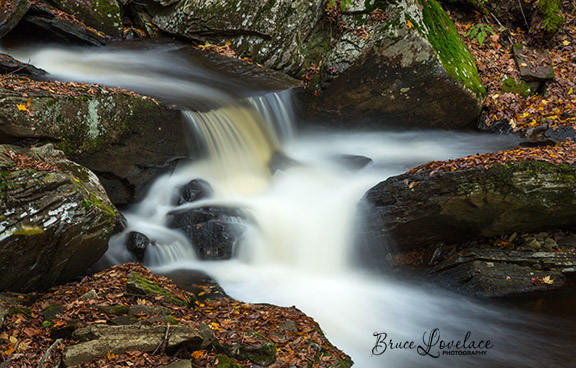 Long Exposure Photography Using Shutter Priority Mode
Long Exposure Photography Using Shutter Priority ModeAuto-exposure would not have worked to get this effect
Most people just blindly set their camera on Program or Automatic. That can be a mistake because each photographic situation should be treated differently. Here is more help for you to understand what determines good photo exposure.
Figure if you have to use a different camera setting or add light with your camera's flash or other light source.
focus
Once you have the composition, lighting and exposure, it's time to make your decision on focus. Many times you can just let your camera's autofocus decide what to focus on, depending on your subject.
That's great when you want your photos to look average like everyone else's, but what if you want to up your photography game just a little? Does the focusing technique in the photo below look typical? I don't think so.
There will be times when you want to use selective focus to emphasize only part of your photograph. To understand more on how focus can be controlled, read this article on what is depth of field or the article covering the factors that control depth of field.
example of using the clef formula
I used these four basic photography tips when I composed this photo of this cake at a 50th wedding anniversary job.

COMPOSITION. I chose a high angle for my camera to capture the tops and sides of the cake and to include the other dessert items in the photo. Notice also that I made my photo composition more interesting by shooting at an angle. More posts on photography compostiion are linke to at the end of this post.
LIGHTING I used a Canon 580 Speedlite flash which can be tilted or rotated in any direction. I purposefully chose not to aim the camera's flash directly at the subject. Instead, I aimed the flash toward a large wall behind the table. This gave me a great back and top lighting to bring out the textures and shape of the cake.
EXPOSURE was automatic because I used the auto exposure feature of my flash. Focus was on the cake. I used a high aperture number (which is a small lens opening) to make sure everything was in FOCUS.
Mastering each of the basic photography tips does take time. I've dedicated the many articles on this web site to give you a big jump start. Remember to have fun while mastering these four basic photography tips. Most people rely heavily on auto exposure and auto focus when taking pictures.
With current digital cameras and modern light sensitive sensors, it is easy to ignore lighting techniques as well. There is frequently enough light to make an acceptable photograph, but a basic knowledge of light direction and quality will take your digital photography to a whole new level.
That leaves composition as the area that modern digital cameras can't help us with at all. There are several articles on basic photography composition tips here that will help
BASIC PHOTOGRAPHY LESSONS
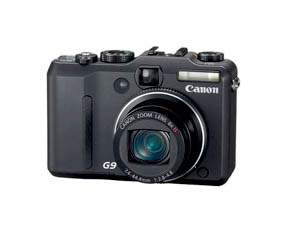 Basic Canon
Basic CanonPoint-N-Shoot Camera
My 4-step formula is called the Ready-Steady-Study-Master method.
WARNING: The steps may seem obvious, but they're often overlooked and oh so very important. This website also has search boxes in the column on the right to use whenever a question comes to your mind.
1. HAVE THE CAMERA READY
Okay, Captain Obvious, tell me something I don't already know. If you're anything like me, you're guilty of getting caught without your camera. You need to have your camera with you at all times with freshly charge batteries and a memory card that isn't close to full.
 Full Charged
Full ChargedJust about everybody uses a cell phone and almost every cell phone has a camera. So you do have that option. But let's face it, you don't get quite the same results with a cell phone as you do with a real camera, or even a point and shoot camera.
So you really need to have a camera with you at all times if you don't want to miss one of those special photo opportunities. Up until about 7 years ago, this was a basic mistake of mine for sure.
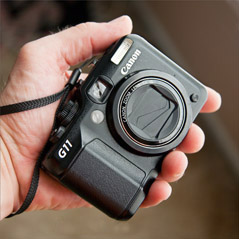 Canon G11
Canon G11I must confess my sins. My rationale was that I shoot photos for a living and I wanted a break from taking photos. The majority of my photography was from shooting portrait photography. So, I splurged on a high quality compact camera at the time, a Canon G11.
As a professional portrait photographer, who does location portraits, much of my professional camera equipment is often in my photo van. I usually don't carry my full-sized Canon professional cameras with me when I am not working.
With the improvement in camera sensors for smaller cameras, I now have a mid-size compact camera that is always with me. I can't tell you how many times, when I was younger, that I said those dreaded words, "I wish I had my camera."
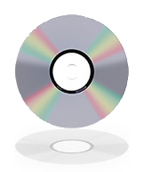 back-up CD
back-up CDWhen you are done your photo shoot, it's important to load your photos from your camera to the hard drive of your computer. Make copies to a CD, DVD, Blu-Ray, or an online "Cloud" service. Do it right away. Pick a photo backup system and stick with it.
I've heard many complaints from photographers who don't like digital because their photos just sit quietly, UN-enjoyed by all, in the camera's memory.
2. KEEP YOUR CAMERA STEADY
You've heard the saying KISS - Keep it Simple Stupid. Well this is called Keep it Steady Stupid. The biggest photography mistake that amateurs make is to get blurry pictures from an unsteady camera.
There are 3 ways to prevent blurry photos from camera. Steady the camera by using a tripod or a monopod. You can also simple leaning your body, your hand, or the camera against something that is sturdy and stationary.
The third way to stop the photo mistake of camera blur is to use a faster shutter speed. Learn about camera settings. Discover a few ways to intentionally set or "fool" your camera into using a high shutter speed.
3. LOOK AT WHAT YOU GOT - STUDY IT AND ADJUST
 Use your LCD
Use your LCDScreen to evaluate
This sounds like an obvious one too, but most people don't really do this right. They might look briefly at their photo and be generally satisfied or somewhat disappointed.
They take no further action and leave it at that. Don't make that mistake!
Take another photograph, but make a small change in what you did. Mistakes, even small ones are really just opportunities to learn. Take just a few seconds to really study your picture. Ask a the question: What can I do to improve this photo? Take another and compare.
Repeat the process of shooting new variations until you get the result you want. Get in a little habit of taking that extra step. It's the best way to master even a basic photography technique.
4. MASTER ONE NEW BASIC PHOTOGRAPHY TECHNIQUE
Only try to learn one new tip on taking digital photography each week. Don't try a fancy new technique until you have gotten a good grasp of a basic idea first. Seek out other photographer's work that you like and try to get the same result.
I've been learning photography for over 40 years, some basic photography, and some advanced. Explore the site deeply. Of all of the digital photo tips on this web site, the most important thing is to have fun and always be curious.
Enjoy the process. Turn it into a game in your mind and it becomes more fun.
Photography Information topics:
Here are 3 categories of basic photography information you can explore; lighting, composition, and camera equipment. Grasp these three concepts and your level of photography success will skyrocket. Each of these sections have links to related posts on the topics.
1. basic photography information on lighting
Having a basic understanding of lighting gives you an advantage over other newbie photographers. Many beginner photographers don't take just 3 seconds to look at the light. You don't have to be an expert on lighting right away. That takes years to accomplish, but a brief observation of the lighting you have gives you an unfair advantage.
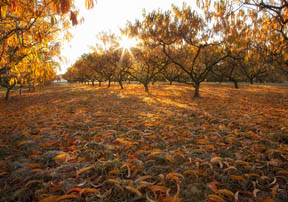 Great Photography Lighting
Great Photography Lighting2. Photography composition information
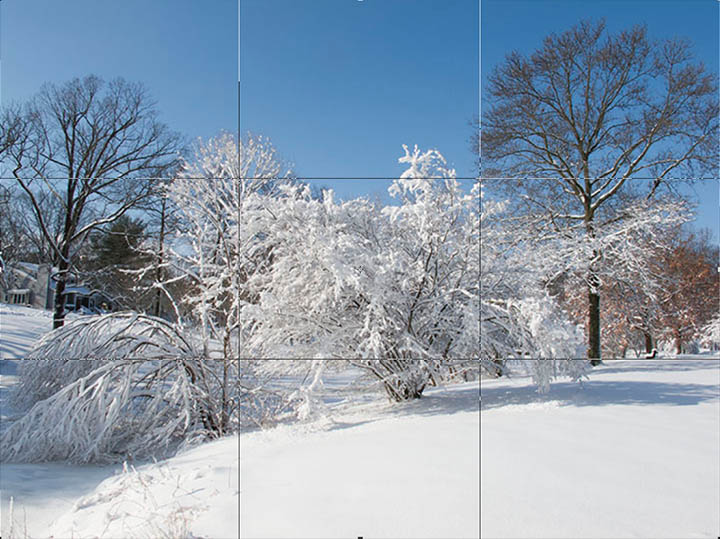 Rule of Thirds
Rule of ThirdsIt's simple. Learn a few simple techniques on composition and your photography success catapults skyward. The rule of thirds is perhaps the easiest composition rule to understand.
If you set your camera on AUTO mode, it will take care of your camera setting for now, and you can work on your composition technique first.
3. digital Camera Basics
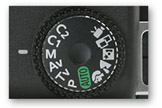 Camera Settings
Camera SettingsThis topic was number one during a recent Basic Digital Photography course I taught at a local middle school recently. Your digital camera is like a sophisticated automobile with lot of fully automatic, some semi-automatic, and even completely manual settings. Let's be honest, that can be confusing and perhaps even intimidating.
Get a basic understanding of digital camera settings and you can decide to put your camera on AUTO-pilot or decide to take over just a few of the controls. A basic zoom lens will take care of 90% of your basic photography needs, but you can learn a little bit about lenses if you want to take another step forward.
Ask me a specific question on digital photography basics
How about some free one on one mentoring? If you can't find the photography information using the search box below, then ask me directly. I'll do my best to answer your question right away if I'm not out doing a photo shoot, a workshop, or a lesson.
You can ask me any question related to digital photography information directly here on this page. If I don't know the answer, I'll either find it out myself or I will point you in the right direction.
No doubt about it. I certainly don't know everything about digital photography. No one does, but somebody will be able to steer you in the right direction on the road to better photographs.
I've been using cameras for almost 50 years, but more importantly I have access to a lot of knowledgeable people and digital photography resources that can help you with your questions. Go ahead. What are you waiting for? I won't even ask you for your email address to answer your question.
search for specific Basic Photography information
Use this box to get the basic information on a specific category of photography. You'll get a list of posts that will be related to the words you enter into the box.
Search for a new topic on this site:
Search around to find what basic photography information you're looking for. I am not a professional writer or a professional website developer but I want to be a professional digital photography instructor. It's still my mission to bring the people of the world together through better photography.
I am the luckiest guy in the world, a professional photographer who is living his dream, making a living while doing something he really enjoys: sharing advanced and basic photography information. You could help too by sharing this page.
Shoot with the passion of fanatic with the curiosity of a child!


ABOUT BRUCE LOVELACE
Bruce is the publisher of this website. He is the author of the book "Improve Your Photography Instantly." Read more on Bruce on his Bio Page. He's been known as The Traveling Photographer ever since 1994. Read more about this website.
View some of Bruce's photos on Instagram. Visit the Facebook Page. Watch him on YouTube. Bruce runs photo workshops for kids and adults, and provides one-on-one photography coaching.
Digital Photography Education Location on Google My Business
Online Photography Courses. This is another option for you to get some digital photography basics. there are some free online photography courses as well as some that you pay for.
Photo Composition Tips. Explore this article this if you'd like to read some more basic photography tips relating to photography composition.

